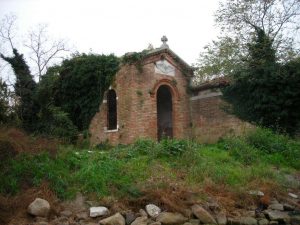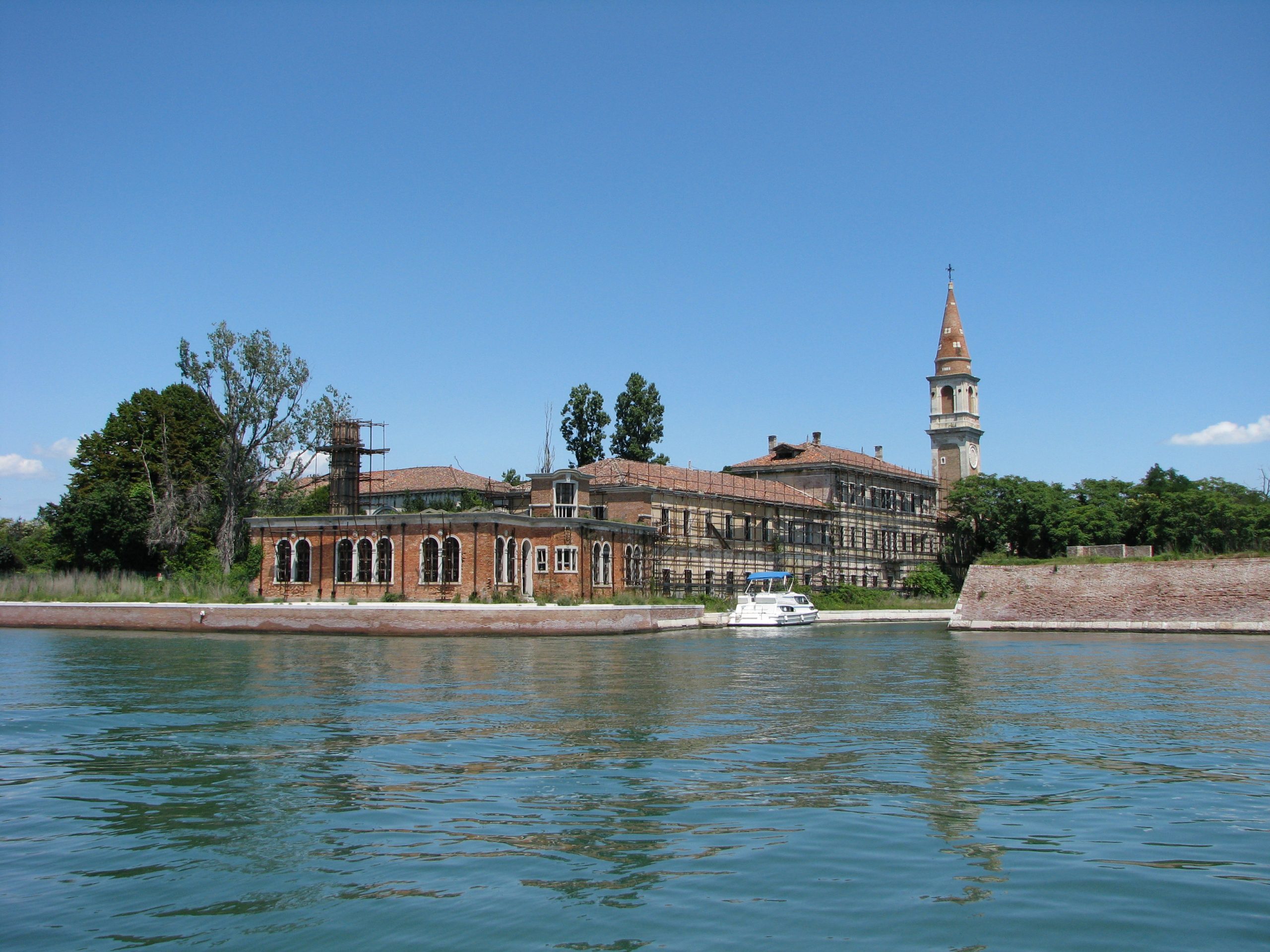As if the reputation of Poveglia Island were not terrifying enough to satisfy anyone’s taste for the macabre, in 1922 government authorities had managed to add to the island’s ominous character and reputation by building an asylum for the mentally ill.
With the building of a psychiatric hospital, Poveglia’s ominous reputation took on a new perspective. Although the purpose of this facility was purported to be rehabilitation, in reality, it served as a place of isolation and confinement: For many, it was a death sentence.
There is not much in the way of official documentation. Much of what was learned had been derived from Venetian folklore, tales of horror, told and retold over many generations, with all the trappings of a Hollywood screenplay, including the obligatory mad scientist.
Despite the laws in place at that time, the care of patients was a long way from public scrutiny. Consequently, patients received no protection. The hospital was able to function with little or no accountability, leaving the doctor and his staff answerable to no one.
It is said that the doctor in charge of the facility was an ambitious man who saw his position as an opportunity to make a name for himself, experimenting and publishing what he believed to be revolutionary research papers in the field of psychiatry. He had an ample number of patients from which to choose and upon which to experiment.
Many patients were alone in the world with no one to inquire about their welfare. If mistakes were made, they could easily be covered up, so the setting was perfect for what was about to unfold.
A few buildings on the island had been modified to accommodate the doctor’s needs: among them were a morgue and a crematorium. An improvised operating room was situated in an area isolated beneath the clock-chamber of the bell tower, its thick walls allowing almost no sound to escape outside. It is said that the doctor had hoped to find a cure for insanity by performing experimental lobotomies on his patients.
A lobotomy is a surgical procedure of cutting into and removing the frontal lobe of the brain. Its purpose is to treat mental illness by altering the brain function. Often the procedure results in patients becoming docile, diminishing them to a vegetative state. The instruments he used were crude tools such as hand drills, chisels and hammers. As the doctor worked on his patients, the clock’s machinery ticked an ear-piercing cadence bringing the bell to toll like a death knell.
From outside, screaming patients could hardly be heard.
Then gradually, in the evening as the sun began to set, manifestations of echoing whispers and transparent figures floated through the corridors. Patients began complaining of hearing strange noises and seeing “unpleasant strangers” in the buildings and on the grounds. They were kept up at night hearing the tortured wails of the suffering spirits, though, at first, they were reluctant to divulge what they had seen. Anyone thought to be hallucinating was likely to be diagnosed with a more serious degree of mental illness. So for the most part, patients talked among themselves, about seeing “spirits” of the plague who warned them that the doctor was an evil man who meant to harm them.
The hospital staff ignored complaints from the patients since the patients were already considered insane and probably suffering from delusions. But the ghost sightings increased and mass hysteria ensued. The doctor and his staff tried to control the crisis by dispensing sedatives and removing the more boisterous patients to places of isolation.

The lobotomies continued year after year with no letup in sight. Those who were once considered patients were now victims: Instead of being fearful of ghosts, they had become terrified of the living.
The ghostly apparitions increased, becoming a continuous occurrence throughout the hospital. The doctor, being a man of science, had ridiculed any notion of ghostly spirits until the night he received his first ghostly encounter. From that moment on, he was hounded by spirits pursing him without mercy, day and night, giving him no rest until he went mad and threw himself from the bell tower. It is rumored that upon impact with the ground, he lay there, still alive, until a mist came up out of the ground and strangled him to death.
The hospital was eventually closed, but by the middle of the twentieth century, the facility was converted into a geriatric center which lasted no more than twenty-five years. The island again became uninhabited.
Recently, several psychics who delved in the paranormal acquired permission from the authorities to visit the island. It was reported that they left abruptly, frightened by what they had sensed there. And not long ago, a construction crew was assigned to restore the former hospital building. Without explanation, they stopped work and left the island, refusing to give a reason for their sudden departure or even to discuss the matter. They simply vowed never to return.
Over the years, there have been numerous offers to sell or lease the island. A man of great wealth offered to purchase the island from the Italian government with the intention of redeveloping it as a get-away for his own pleasure and that of his family. After attempting to stay the night to familiarize themselves with the island, they left abruptly, never to return. Reports indicated that his daughter was seriously injured when she was struck by a piece of masonry, which did not fall vertically from above, but flew at her horizontally with such force that it split her face, requiring stiches to close the wound.
Poveglia is still uninhabited and tourism to the island is strictly prohibited. The soil of the island is said to be rich with the ashes and bits of bone of 150,000 plague victims. It seems that the mixture of ashes and bone has served to enrich the earth. As a result, the vines flourish, yielding an abundance of quality grapes.
Each year the grapes are harvested and pressed into wine. So the next time you open a bottle of wine, you might want to check the label to determine its origin. It is quite possible that the wine you are about to drink was pressed from the grapes grown from the soil of a haunted island.
Today, Poveglia, with its bell tower protruding into the sky, sits tranquil in the Venetian lagoon. Some Venetians still claim that on certain nights, the sound of the bell in the tower can be heard reverberating across the lagoon, despite the fact the bell was removed from the island decades ago.































